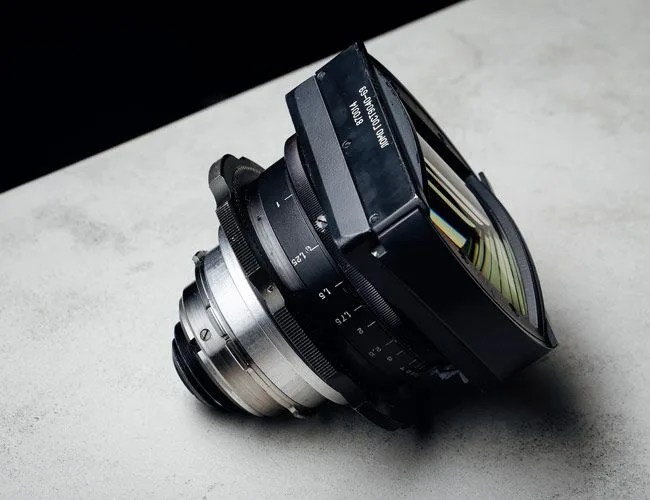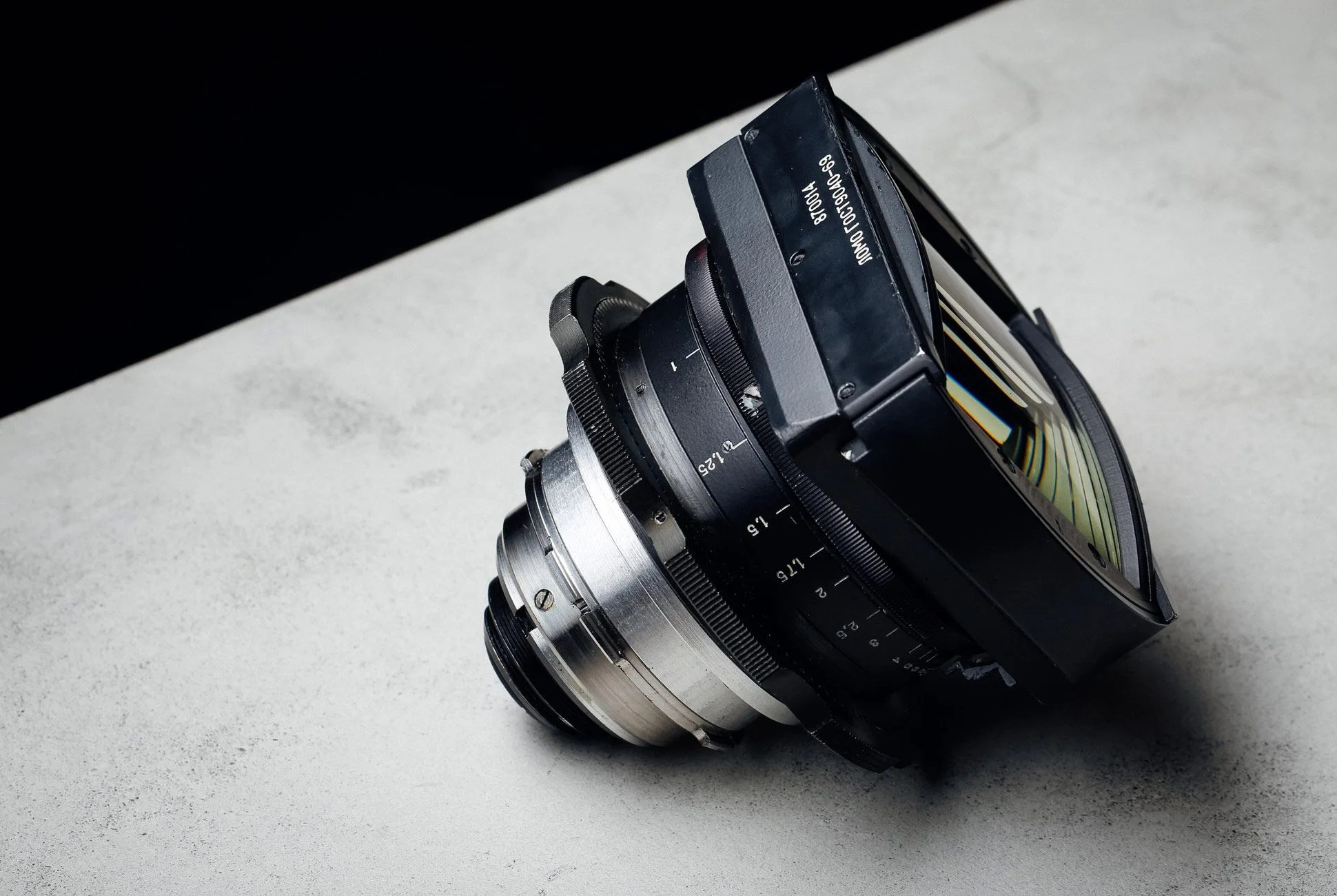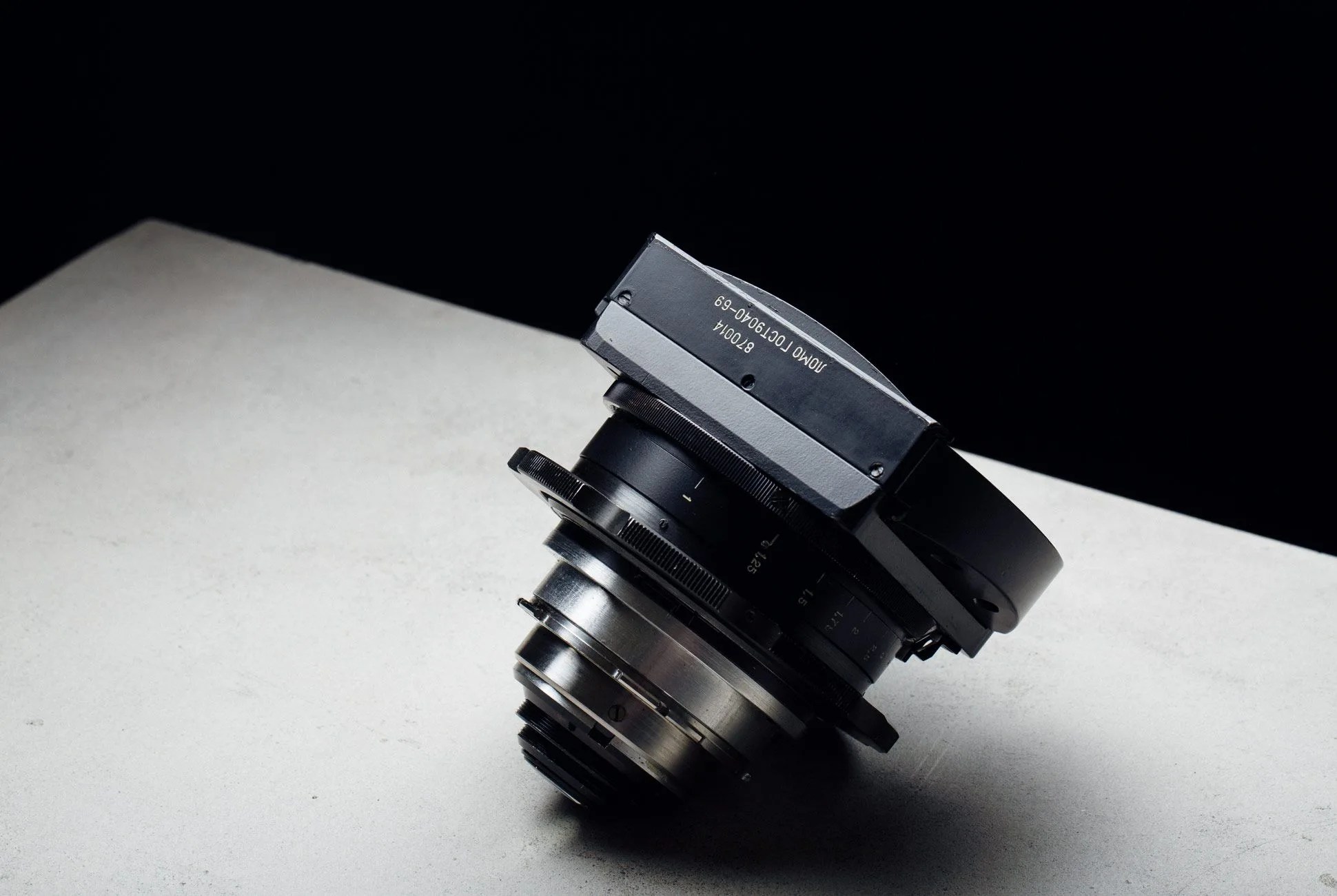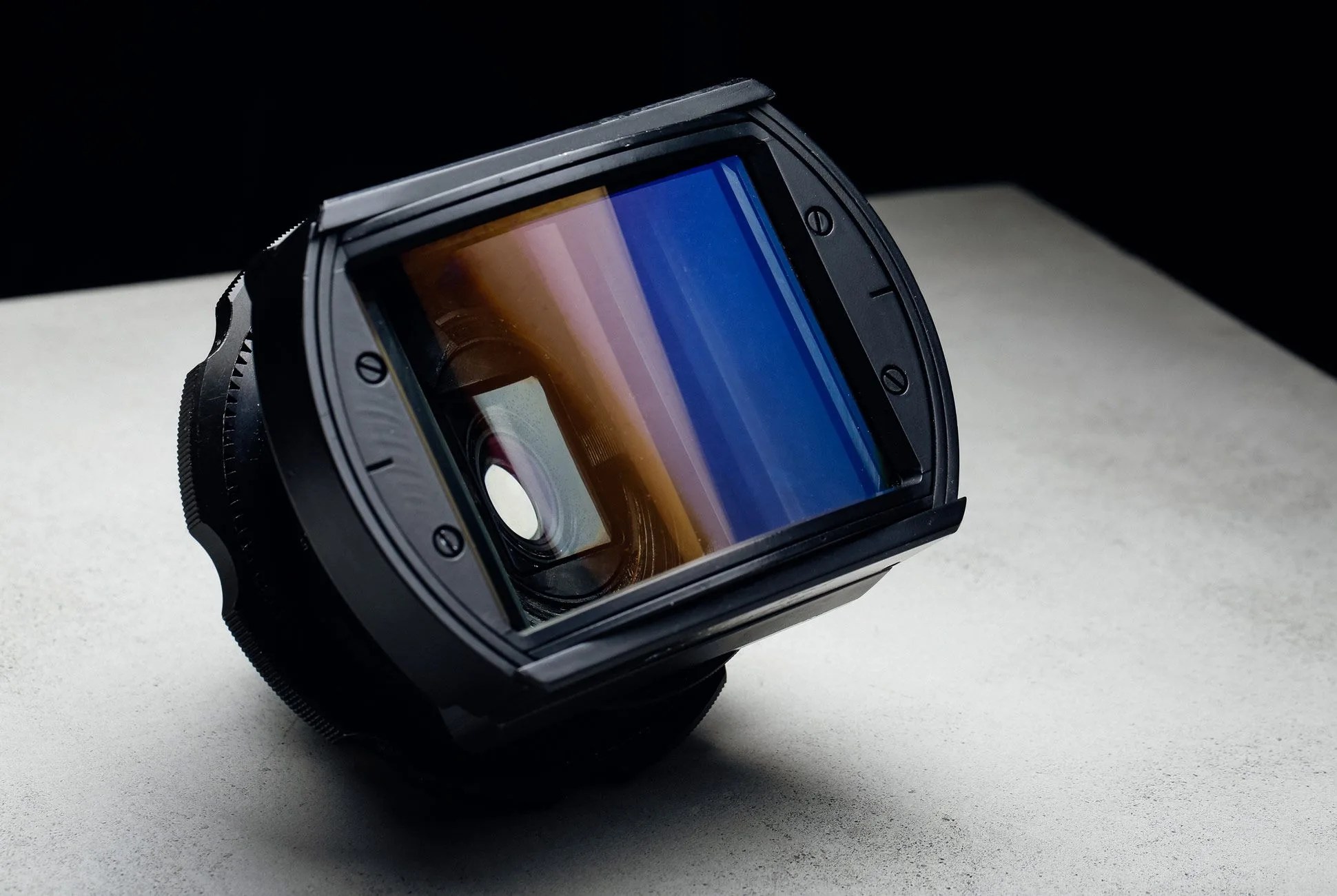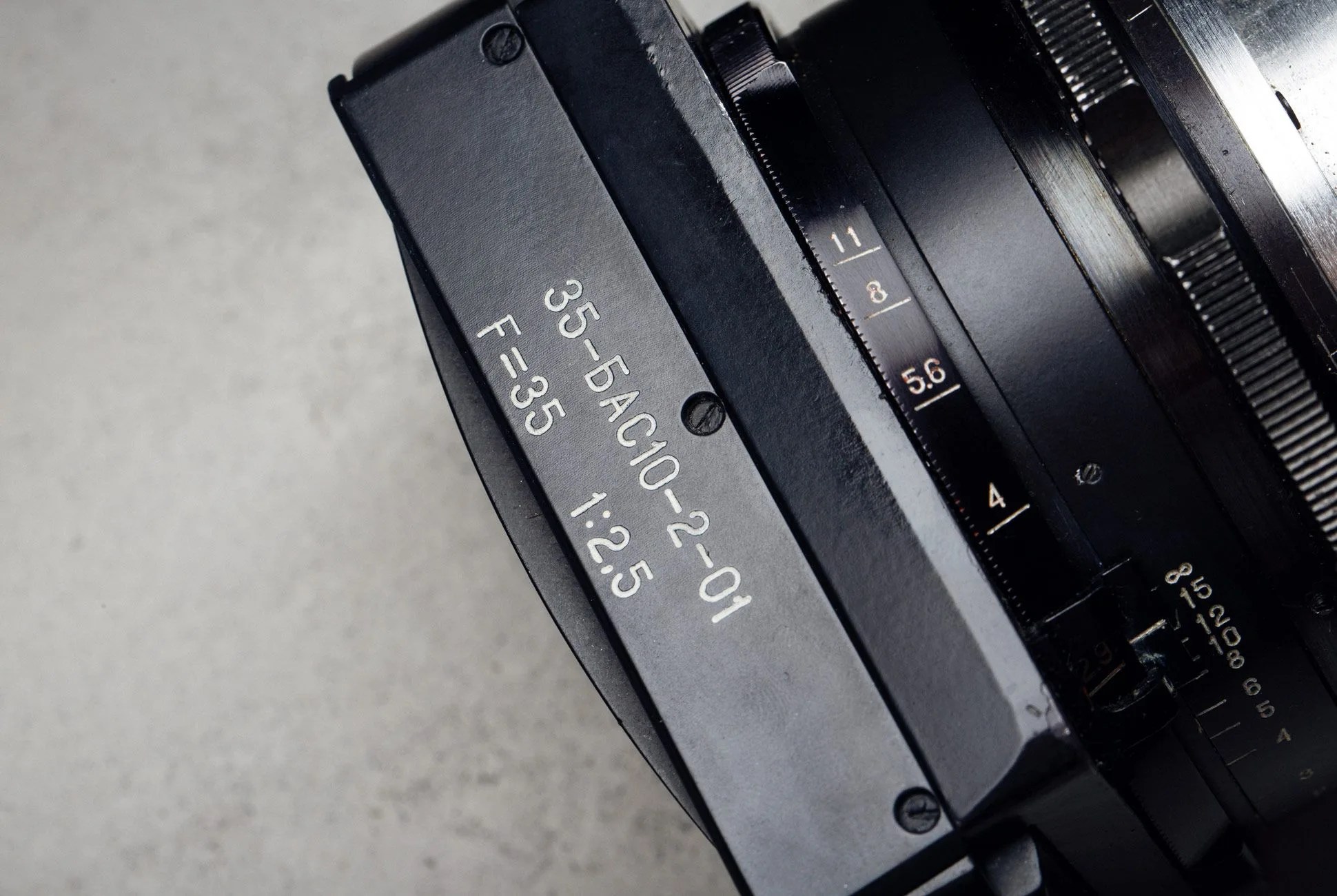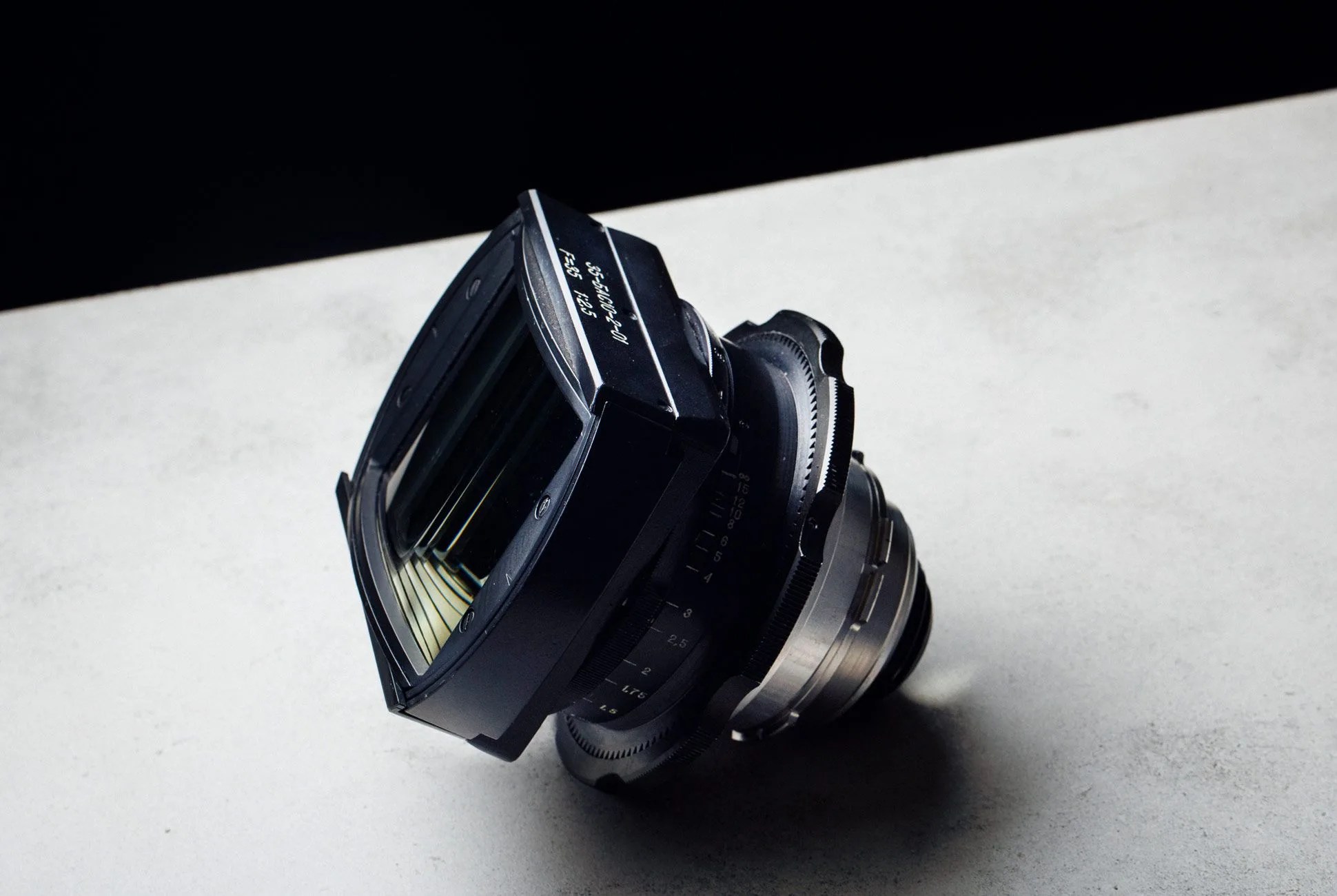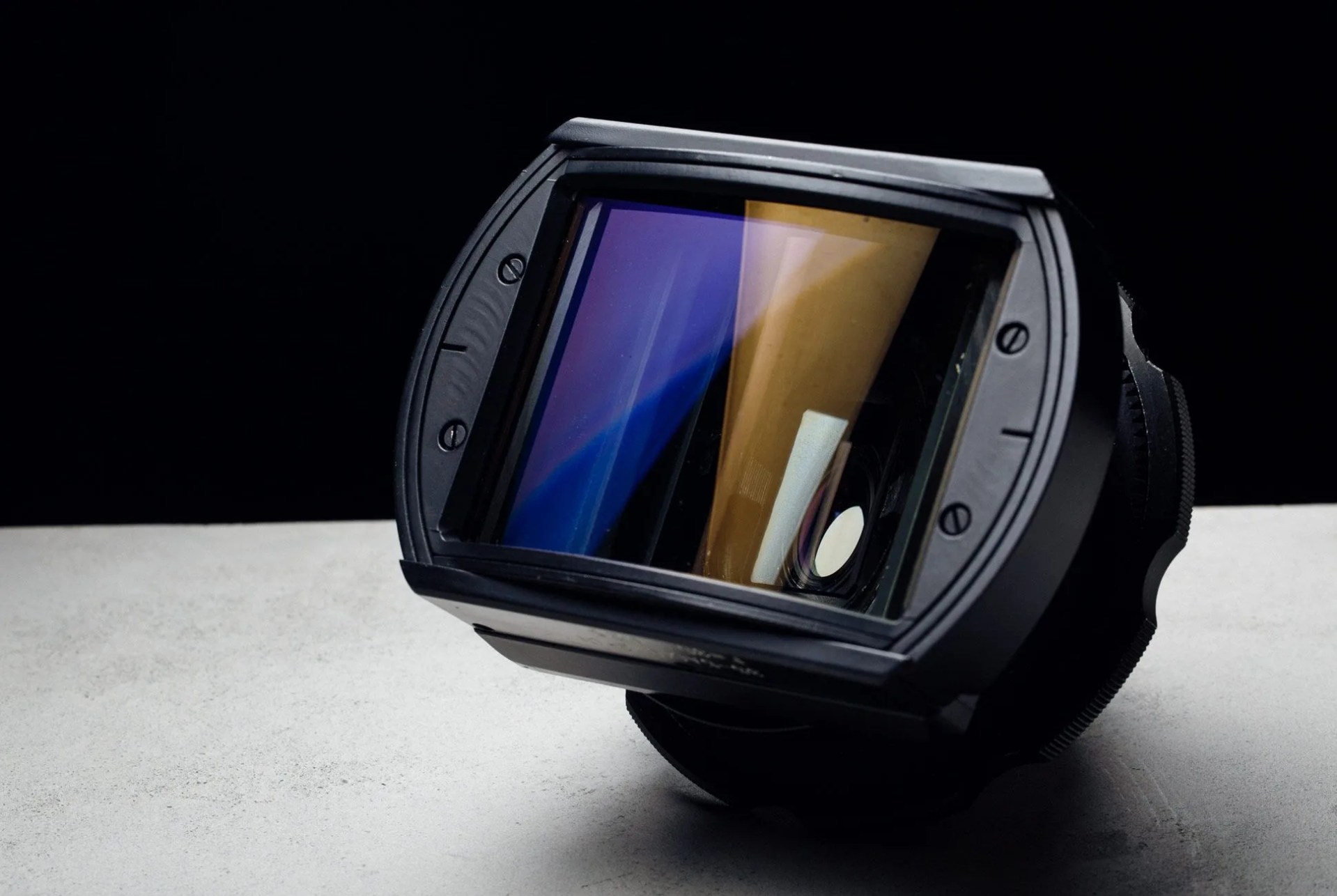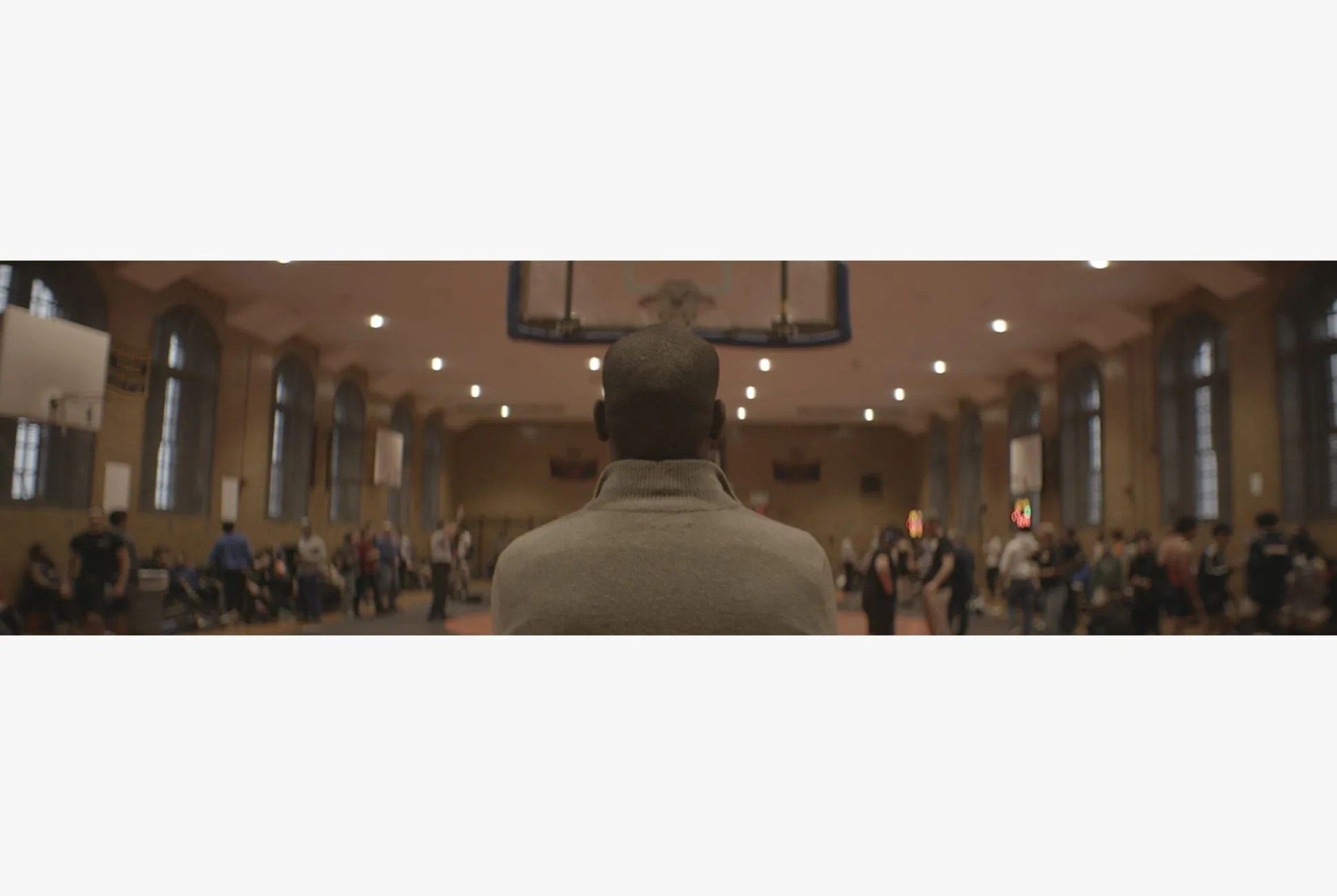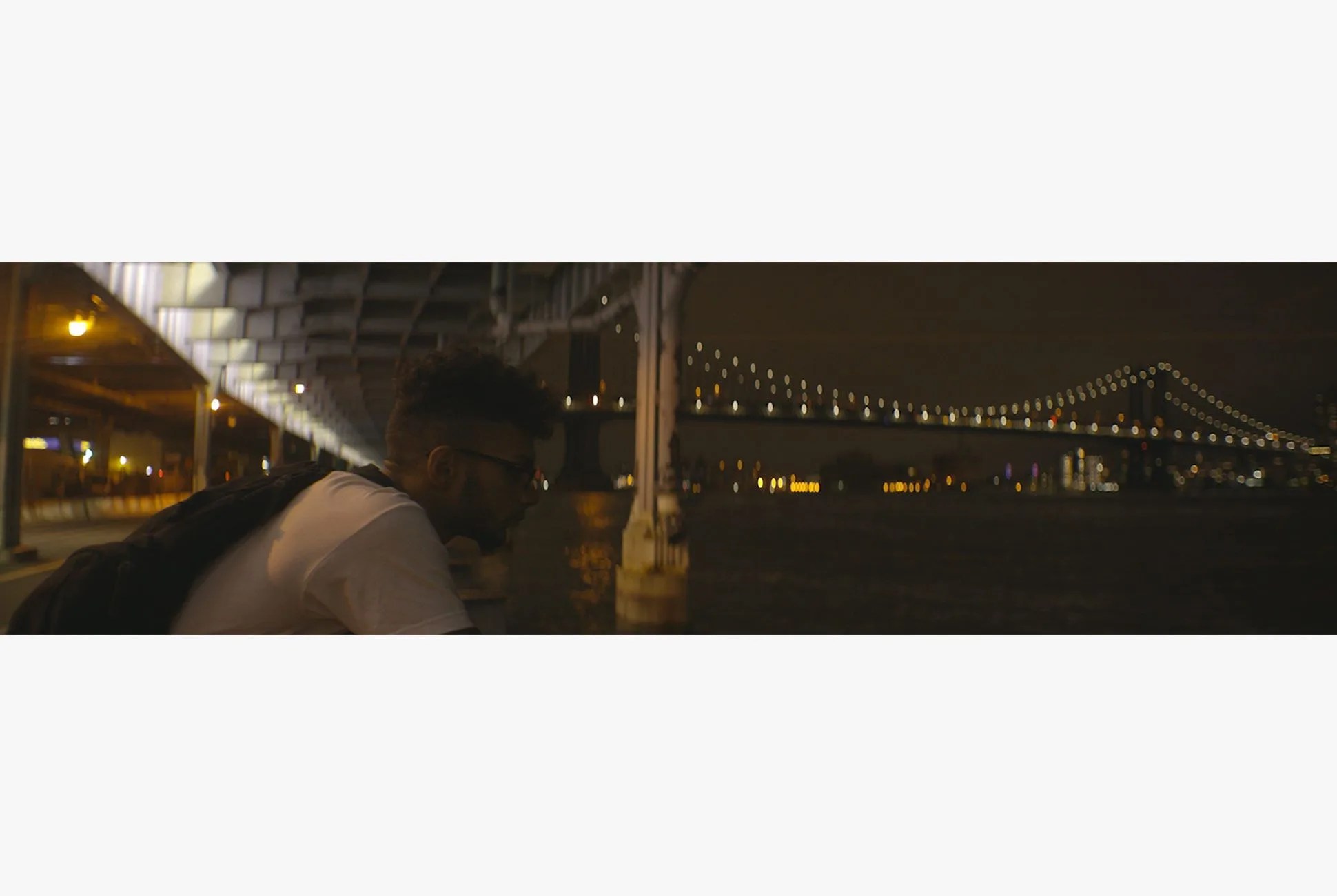8 photos
Lonelyleap is an independent film company based in London and New York that shoots documentaries and commercials for the likes of BBC, American Express and CNN. (Check out Fighting to Save Elephants, its documentary for Google about the people committed to elephant conservation in Kenya.) Jeff Taylor is a Director of Photography for the company.
As a filmmaker, Taylor has traveled around the world and embarked on several projects, even shooting this Ferrari vignette with Gear Patrol. During a recent chat with Taylor, who currently lives in New York, we found out that he purchased a LOMO Anamorphic lens — and it was hard as hell to get (read: a whole year of eBay trolling). For the filmmaker, this is the one lens he wanted more than anything else. We had to ask him: Why?
Q: What is the lens?
A: It’s a 1987 Lomo Anamorphic 35BAC10-2-01 F35 1:25.
Q: When did you get it?
A: August 19, 2015.
Q: Where did you get it?
A: eBay, after a year-long hunt and multiple lost auctions. I won it in a bidding war that went to the wire.
Q: So…it’s not shaped like the lens on my camera. What the heck is going on here?
A: Haha, it’s basically like the lens on your camera, except that it has some extra rounded glass elements on the front end to collect a wider view of light. Depending on how much into the weeds you wanna get… [For a great primer on the difference between anamorphic and spherical lenses, check out this page on B&H.]
